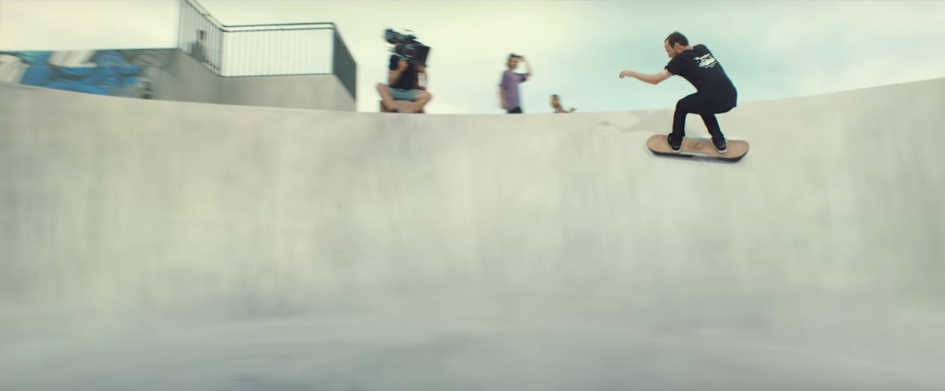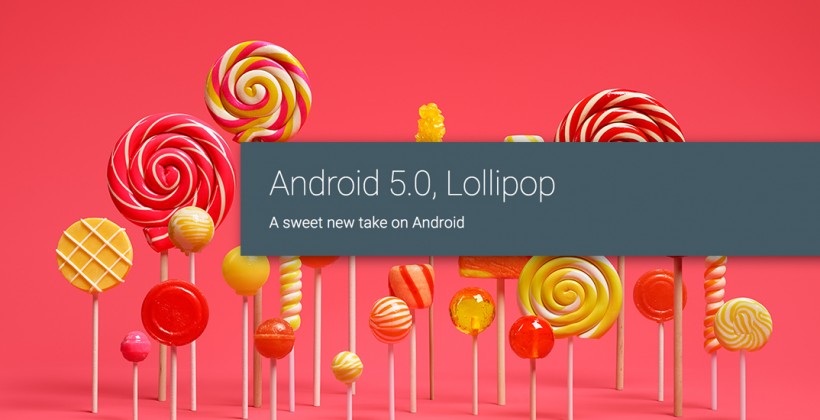Remember how Lexus stirred up the Internet’s collective nostalgia for the 80’s with their sneak peek of a sleekly designed hoverboard? Well, it works and its makers have even invited some press over to its special skateboarding (or, should we call it a hoverboard track now?) track in Barcelona to watch it in action.
And by all accounts, the Slide does work, even if it is an enormous battle staying afloat in the air on it.
If we were skeptical then the first video landed, we had good reason to be. Hoverboard has captured the imagination of futurists and movie fanatics ever since Back to the Future came out three decades ago. Since then, many have tried to make it a reality, or, if that’s not possible, faked it.
There’s nothing fake about Lexus’s attempt, but the Slide has got one big catch to it that its makers, quite understandably, aren’t too keen to point out to you if you don’t notice it for yourself: the magnetic metal surface that it needs to glide on, to work.
The Slide uses the principle of superconducting levitation, which basically involves running a supercooled superconductor over a magnetic field. A low profile cryostat (using liquid-cooled nitrogen) is used to keep the superconductors in the hoverboard at a temperature cold enough for riding, and that’s there that billowing plume of mist is coming from. Permanent magnets rest underneath the board, and as Dr. Oliver de Haas, evico CEO, the German company specialising in magnetic levitation technology that worked on the project, says, “The magnetic field from the track is effectively ‘frozen’ into the superconductors in the board, maintaining the distance between the board and the track—essentially keeping the board hovering. This force is strong enough to allow the rider to stand and even jump on the board.”
That ‘standing and jumping’ part is true. The Slide hovers roughly more than 3 inches off the ground without a rider and compresses to 2 inches bearing weight. Lexus gave its shiny new gizmo to professional skateboarder Ross McGouran following 18 months of design and technology planning, and weeks of testing at its Spanish hoverpark and that is what you see in the slick promo videos.
Having taken it for a spin, McGouran said, ““I’ve spent 20 years skateboarding, but without friction it feels like I’ve had to learn a whole new skill, particularly in the stance and balance you need to ride the hoverboard.”
So if an experienced professional like McGouran had to work so hard to master even basic moves, what hope have the rest of us got for the Slide? This is basically straddling a maglev train, and that is no easy thing.
Take it for what it is, a slick marketing gimmick that will never find its way to your nearest Lexus showroom. Leaving its shiny logo aside, the Lexus Slide isn’t much different from a dozen lab demonstrations that have taken place over the last few decades. We’ve had maglev trains for years now using this technology.
Lexus just shrunk the technology and packaged it into something that is the stuff of nerd wet dreams.





